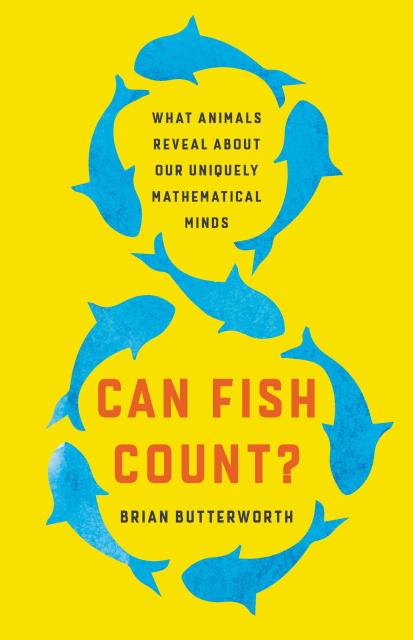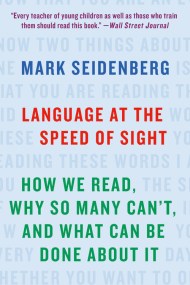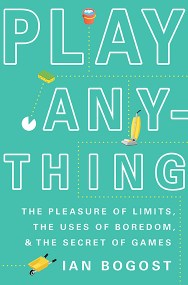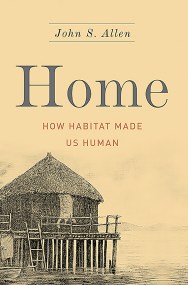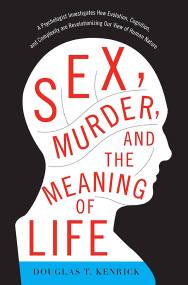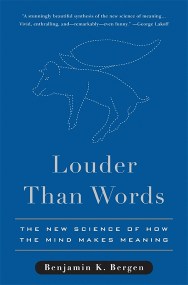Promotion
25% off sitewide. Make sure to order by 11:59am, 12/12 for holiday delivery! Code BEST25 automatically applied at checkout!
By clicking “Accept,” you agree to the use of cookies and similar technologies on your device as set forth in our Cookie Policy and our Privacy Policy. Please note that certain cookies are essential for this website to function properly and do not require user consent to be deployed.
Can Fish Count?
What Animals Reveal About Our Uniquely Mathematical Minds
Contributors
Formats and Prices
- On Sale
- Apr 26, 2022
- Page Count
- 384 pages
- Publisher
- Basic Books
- ISBN-13
- 9781541620827
Price
$18.99Price
$24.99 CADFormat
Format:
- ebook (New edition) $18.99 $24.99 CAD
- Hardcover (New edition) $30.00 $38.00 CAD
- Audiobook Download (Unabridged) $27.99
This item is a preorder. Your payment method will be charged immediately, and the product is expected to ship on or around April 26, 2022. This date is subject to change due to shipping delays beyond our control.
Buy from Other Retailers:
An entertaining investigation of the numerical abilities of animals and our own appetite for arithmetic
The philosopher Bertrand Russell once observed that realizing that a pair of apples and the passage of two days could somehow both be represented by the concept we call “two” was one of the most astonishing discoveries anyone had ever made. So what do we make of the incredible fact that animals seem to have inherent mathematical abilities? As cognitive psychologist Brian Butterworth shows us in Can Fish Count?, many “simple” animals—such as bees, which count trees and fence posts, and guppies, which can size up groups—have a sense of numbers. And unlike humans, they don’t need to be taught.
In telling animals’ stories, Butterworth shines new light on one of our most ancient questions: Just where, exactly, do numbers come from? He reveals how insights gleaned from studying animals can help us make better sense of our own abilities. Full of discovery and delight, Can Fish Count? is an astonishing journey through the animal kingdom and the human mind.
Genre:
-
“The plentiful real-world examples are always enlightening and entertaining. Math-minded readers will find this a fun ride.”Publishers Weekly
-
“An informative read, full of thought provoking studies and animal observations.”Booklist
-
“Since we humans developed mathematics to optimize our lives, it’s not much of a stretch to assume that other living creatures must have developed their own kinds of mathematics — but how could we find out? Butterworth’s descriptions of the ingenious methods scientists have come up with to uncover the hidden mathematical world of our fellow creatures will amaze you.”Keith Devlin, Ph.D., mathematician and author of The Math Instinct
-
“What I like best about this fascinating book is the detail. Brian Butterworth doesn't just tell us stories of animals with numerical abilities: he tells us about the underlying science. Elegantly written and a joy to read.”Professor Ian Stewart, FRS, author of What's the Use?
-
“Can Fish Count? explores the intriguing ways of counting around the world, from Neanderthals and ancient human civilizations to animals as diverse as primates, insects, and – you guessed it – fish. Brian Butterworth’s fascinating research demonstrates that counting is everywhere and has accompanied us since our Cambrian ancestors.”Lars Chittka, Professor of Sensory and Behavioural Ecology, Queen Mary University of London
Newsletter Signup
By clicking ‘Sign Up,’ I acknowledge that I have read and agree to Hachette Book Group’s Privacy Policy and Terms of Use
